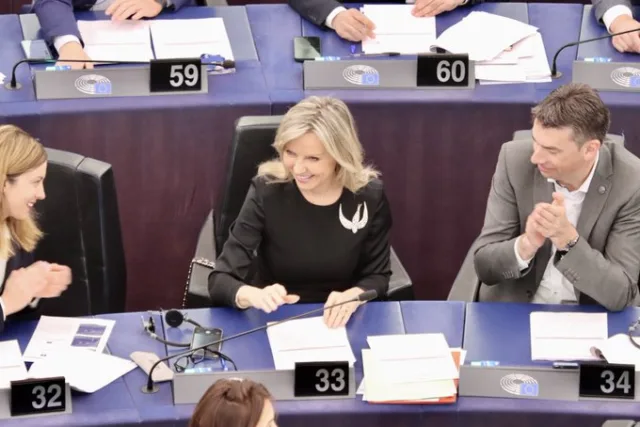In a historic move, the European Parliament adopted new measures to ensure sustainable packaging and reduce packaging waste in the European Union (EU). These regulations aim to curb growing waste, boost the circular economy, and harmonise internal market rules. With 476 votes in favour, the Parliament passed the motion on 24 April 2024 that would effectively ban single-use plastic packaging like thin plastic bags for groceries and small shampoo bottles in hotels.
Packaging Restrictions
According to the European Council’s rules, the packaging reduction includes targets of 5% by 2030, 10% by 2035, and 15% by 2040. It also requires the EU countries to reduce the waste generated by plastic packaging. The empty space ratio for grouped, transport and e-commerce packaging is 50%. The manufacturers are expected to ensure a minimisation of the weight and volume of packaging.
Single-use packaging types like those used for foods and beverages in cafes and restaurants, unprocessed vegetables and fresh fruits, individual portions of condiments, creamer, sauces, sugar, toiletry covers, and plastic carrier bags below 15 microns will be banned entirely by January 1, 2030. Per- and polyfluorinated alkyl substances or PFASs, also known as “forever chemicals, ” will be prohibited above a certain threshold.
Reuse and Refill
The Regulations will also mandate specific targets for alcoholic and non-alcoholic beverage packaging by 2030. This excludes milk, aromatised wine, wine, and spirits. There will be transport and sales packaging and grouped packaging mandates, too. However, the member states can grant a 5-year derogation from these rules under certain conditions. Distributors of beverages will allow consumers to bring their reusable containers. The former must also ensure that 10% of their products are available in reusable packaging material by 2030.
Recyclable Packaging
Under the new regulations, all packaging should be recyclable material. However, this does not apply to lightweight wood, textiles, rubber, cork, ceramic, wax, or porcelain. The regulations mandate minimum recycling targets according to the weight of packaging waste and a minimum recycled content target for all plastic packaging. It mandates that 90% of single-use plastic and metal beverage containers will be collected separately through solutions like deposit-return systems by 2029.
Historic Decision
Frédérique Ries, Member of European Parliament for the French community of Belgium, noted on her social media account X: “C’est voté le règlement Emballages et déchets d’emballages que j’ai porté pour le Parlement européen adopté à l’instant en plénière 476 vs 129 voix. L’aboutissement de plus de 4000 heures de travail avec mon équipe pour mettre l’immense secteur de l’emballage sur les rails de la circularité (réduire, recycler, réutiliser)” [Translation: It’s voted the Packaging and packaging waste regulation that I brought for the European Parliament passed just now in plenary 476 vs 129 votes. The culmination of 4000+ hours of work with my team to put the huge packaging sector on rails (reduce, recycle, reuse)].
The EU has witnessed tremendous growth in packaging waste. Its annual packaging waste has grown by 25% from 2009 to 2021, nearing 84 million tonnes. The much-needed regulations will significantly curb packaging waste. The European Council must approve the regulations before their successful implementation.









